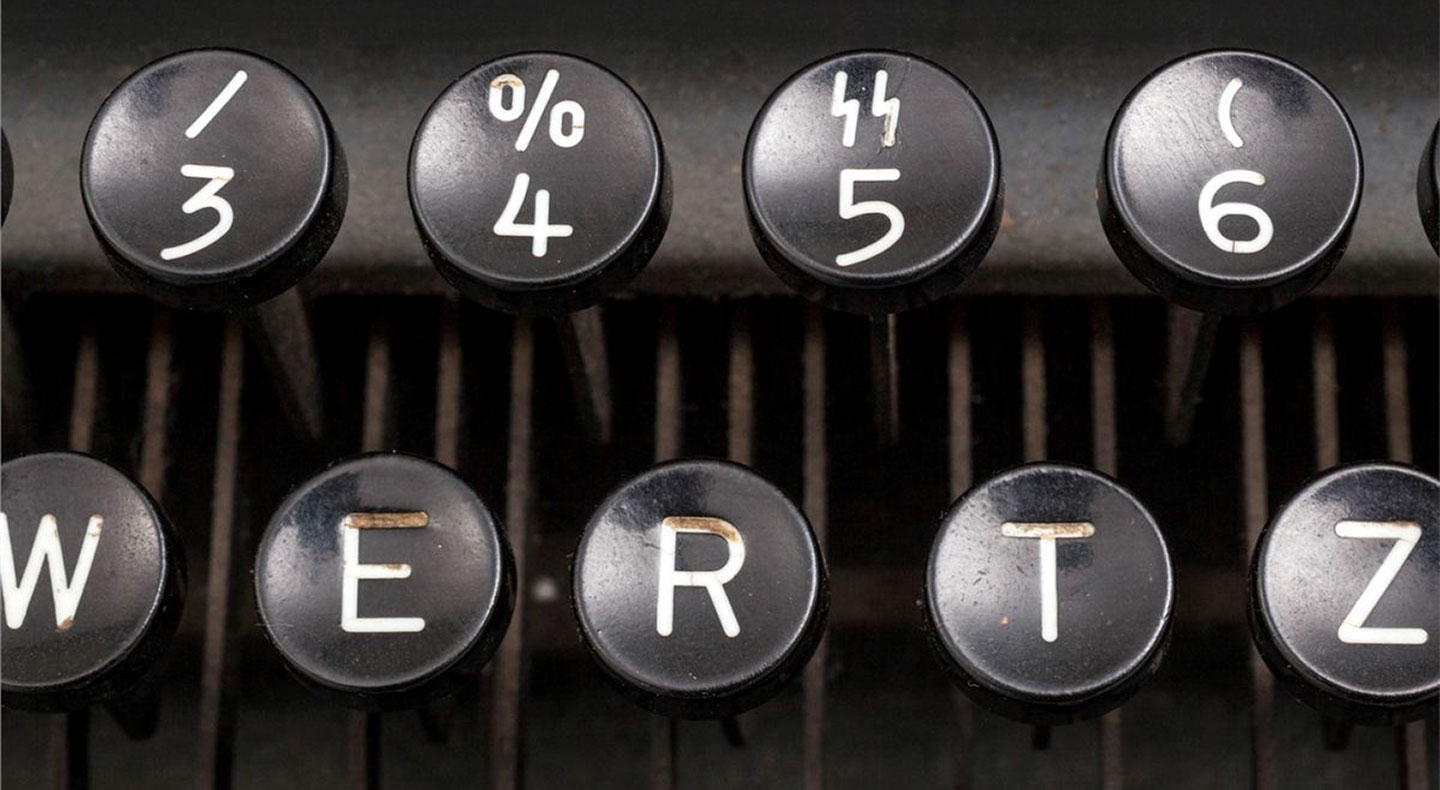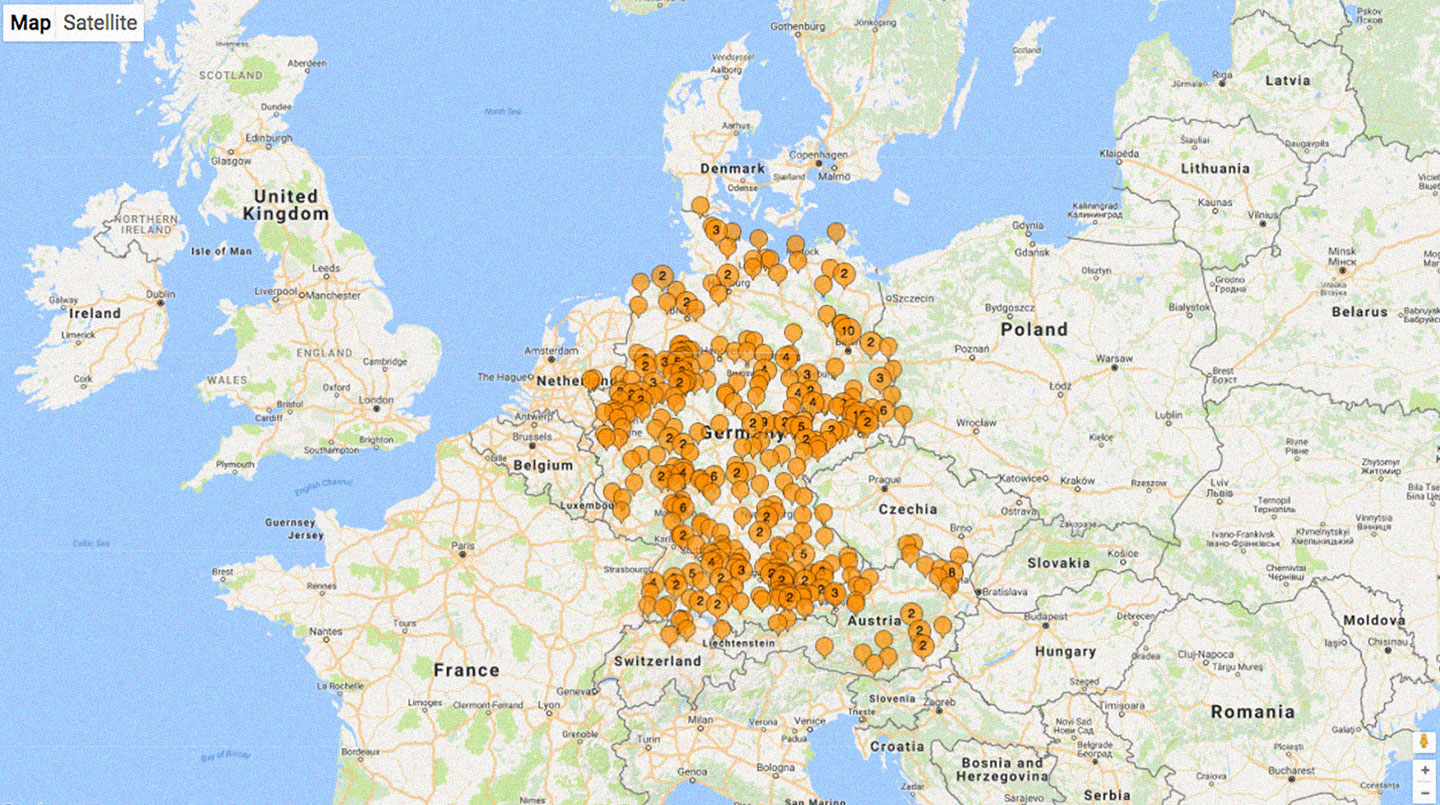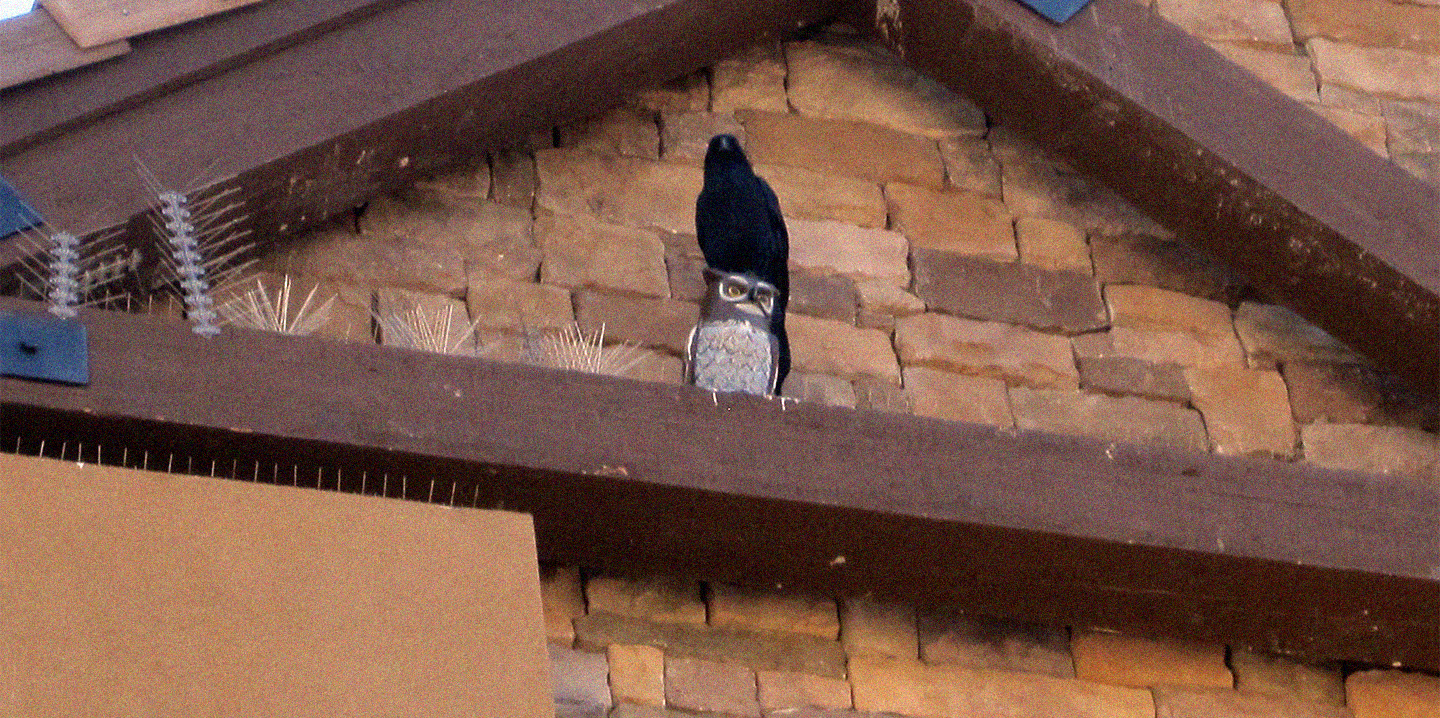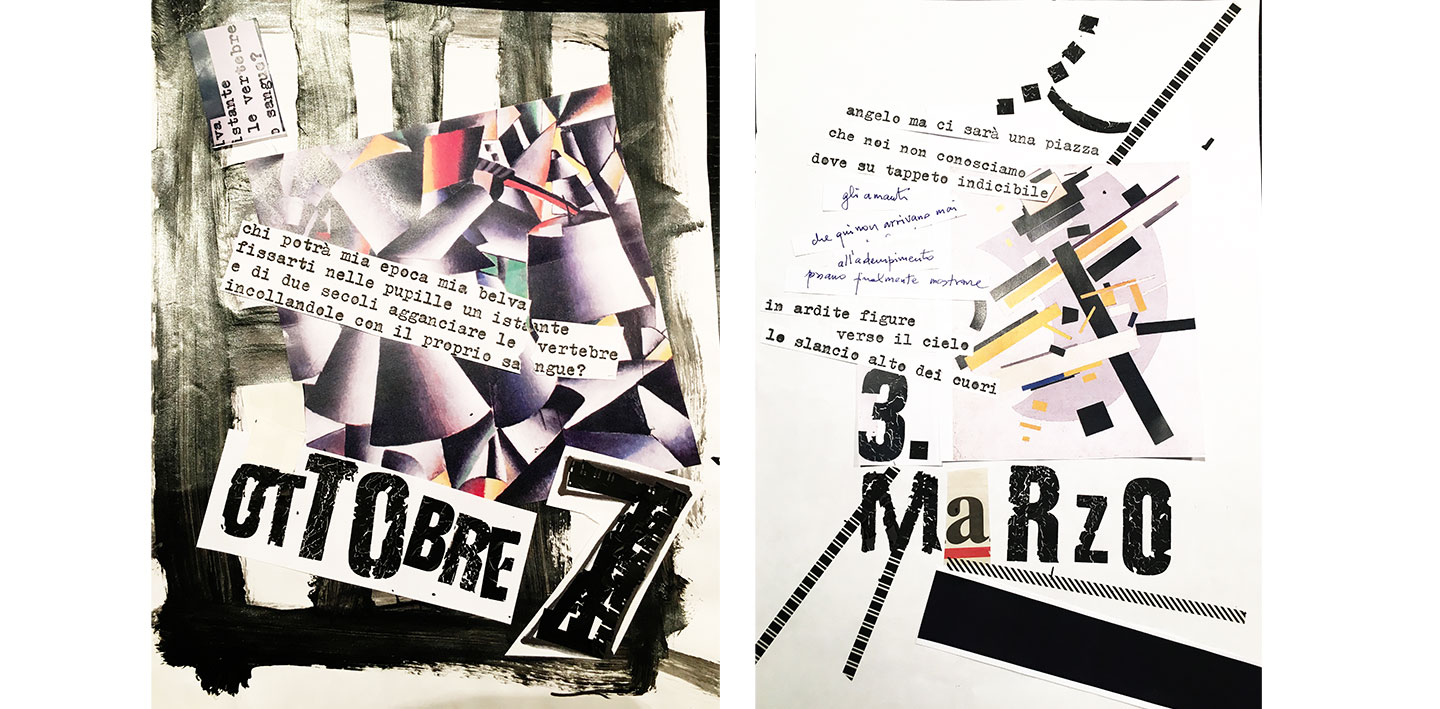The alt-right may not believe that what they are doing is “rational,” but they certainly think that they are a lot more reasonable than the “social justice warriors” they oppose, and that tactics of irony and scorn are ways of undermining perceived irrationalisms on the part of the liberal left. We need to think much more carefully about the word-images that surround us, to make distinctions between the way violence is described and presented, and not think that all images are equally interchangeable. We need to remember all the words and ways of speaking we have forgotten, and note the way in which certain words, such as “cuck,” come to dominate our ways of speaking and thinking. We need to remain, not with Trump’s idiotic exclamation mark, but with the question mark, “the most important of all punctuation marks. A position in direct opposition to National Socialist intransigence and self-confidence.”

On June 1, 2017, a fourteen-story building in the Al-Azareeta neighborhood of Alexandria was evacuated along with all nearby buildings after it leaned to one side, coming to rest against an adjacent building.
All across the hoaxmap, the refugees’ barbarity is characterized by a sexuality that careens between the extremely oral and anal, i.e., the totally uninhibited and the hysterically controlled. The result is that a perverse notion of innocence emerges: these fantasy-foreigners are a force of nature and, as such, they simply cannot be blamed in any conventional sense for their wrongdoings. They are beyond the reach of rationality. They cannot be reasoned with; they can only be stopped by other means. This putative irresponsibility of the refugees is crucial, because it allows for the entire responsibility for their imaginary crimes to be placed at the feet of the elites.
Meme producers have become immune to the criticism of third-way liberal moralists. Their firewall of indifference has not yet been hacked. Ironic deconstruction isn’t doing the job either. Says Tara Burton: “Given the ideological anarchy inherent in shitposting, it tends to defy analysis. Shitposters, who are bound by nothing, set a rhetorical trap for their enemies, who tend to be bound by having an actual point.” Burton concludes that “shitposting can’t be refuted; it can only be repeated.” This is simply not the age of the Renaissance (Wo)Man. The disillusionment is overwhelming.
Duan Thi Huong’s body floats in the darkness of her image, equally glowing, and also dissolving, like smeared data. That auratic glow may simply be what happens when sophisticated technology colludes with its own technical limits. But it’s also the glow found in some of Gerhard Richter’s best-known paintings of women. The inferred illumination of technology’s soul. The substance Roland Barthes mourned in his elegy to his dead mother, Camera Lucida (1980). The impasto paste around Duan Thi Huong also invokes the charged zones encircling Willem de Kooning’s Women: vortices of matter, history, horror. Except in Huong’s case, the horror is emblazoned in the letters “L,” “O,” and “L.” This way, her image carries its own punch line, which seems so mordantly—or is it courageously?—at odds with cold-hearted killing.
By the time it reaches the age of two years old, the average baby has cried four thousand times. A colicky baby can scream for hours on end, driving the parents to the brink of lunacy and despair. For all the heartache and suffering caused by babies’ crying, perhaps the worst offense is to the practice of philosophy. As Heloise of “Abelard and Heloise” fame complained: “Who can concentrate on thoughts of scripture or philosophy and be able to endure babies crying, nurses soothing them with lullabies, and all the noisy coming and going of men and women about the house?” In this situation there is only one possible revenge for a philosopher: to turn the troublesome obstacle to philosophical contemplation into a theoretical object itself.
Imagined communities are called into being through media, and the reality-based community is no different. Documentary cinema is its privileged means of imagination. Why? With a frequency not found in other forms of nonfiction image-making, documentary reflects on its relationship to truth. And unlike the written word, it partakes of an indexical bond to the real, offering a mediated encounter with physical reality in which a heightened attunement to the actuality of our shared world becomes possible. But precisely for these same reasons, documentary is simultaneously a battleground, a terrain upon which commitments to reality are challenged and interrogated.
cultured graded fondled
divided exhibited bred
appraised described hunted
killed pampered trained
For fake news to exist, there must be a “real news.” A lot of news, or what counts as news in Taiwan, for instance, is a weak kind of fake news, because Taiwanese news stories are frequently too trivial even to be considered news (e.g., a new restaurant forgot to include free napkins). In these trivial cases, truth or falsity does not even matter. But the “fake” in fake news has a metaphysical component. What type of metaphysics is a criterion for distinguishing fake from real news? For most people, only another story or collection of stories can prove that a particular story is factually wrong (unless one actually witnessed the news-making event). There is no way for a regular reader to go above and beyond any particular news story to adjudicate its truth value from God’s point of view, so she can only arbitrate between competing stories filtered through her own prejudices and biases. Furthermore, something is usually off about any news story—a detail, a nuance, the choice of words, implicit and explicit prejudices.








